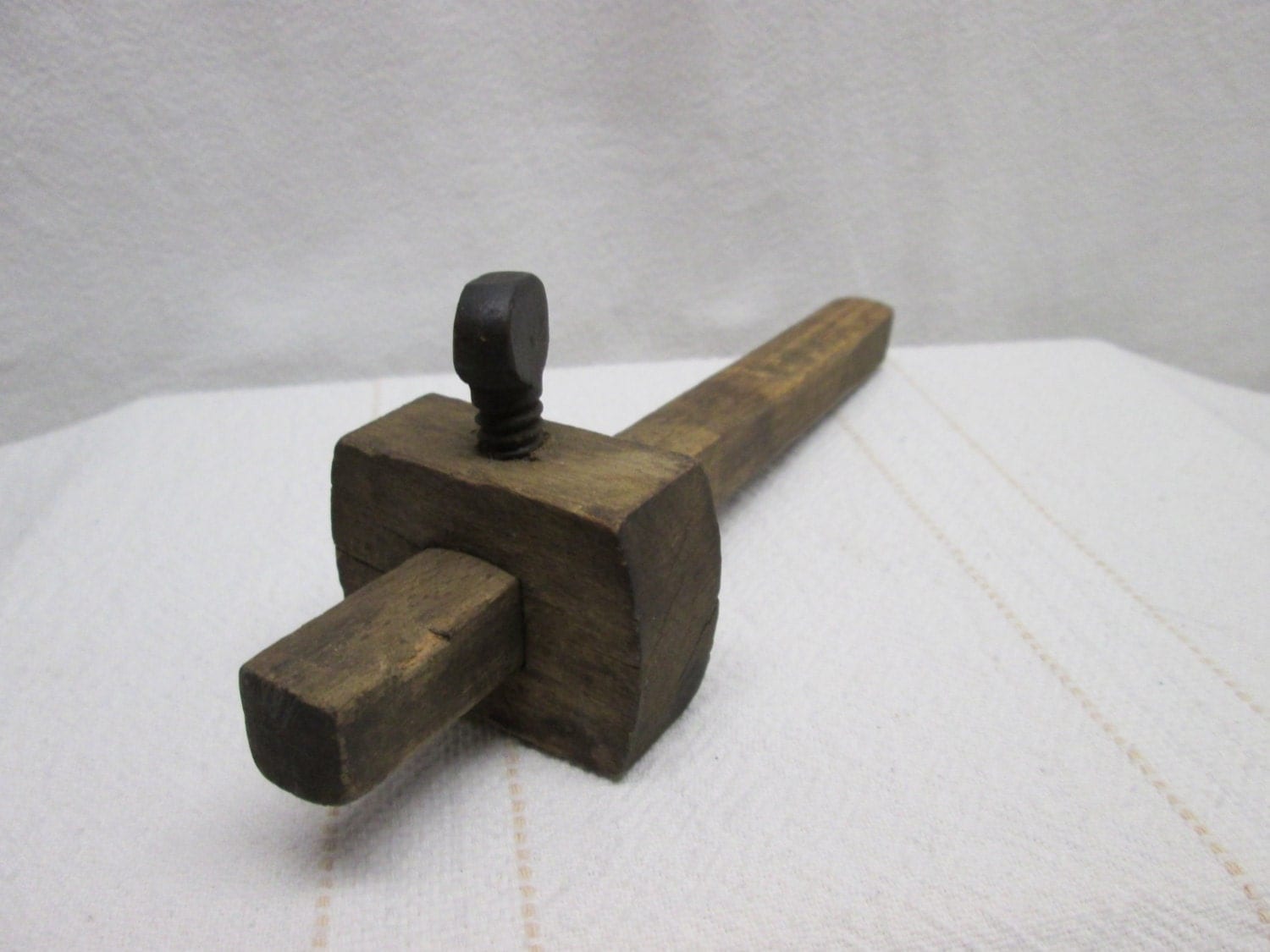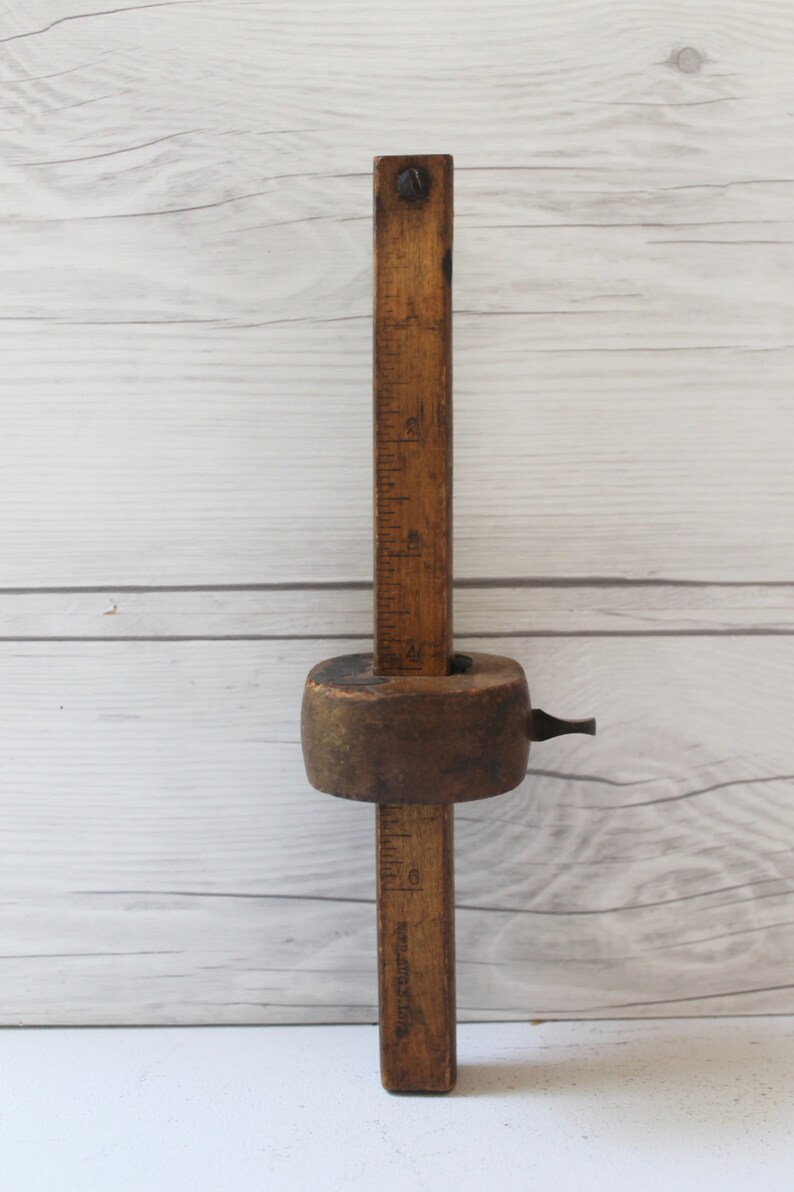
It makes noises as appropriate to the creature it represents. When placed on the ground, the toy moves 5 feet across the ground on each of your turns in a random direction. This toy is a clockwork animal, monster, or person, such as a frog, mouse, bird, dragon, or soldier. When you create a device, choose one of the following options: You can have up to three such devices active at a time. The device ceases to function after 24 hours (unless you spend 1 hour repairing it to keep the device functioning), or when you use your action to dismantle it at that time, you can reclaim the materials used to create it. Using those tools, you can spend 1 hour and 10 gp worth of materials to construct a Tiny clockwork device (AC 5, 1 hp). You have proficiency with artisan tools (tinker's tools). Whenever you make an Intelligence (History) check related to magical, alchemical, or technological items, you can add twice your proficiency bonus instead of any other proficiency bonus that may apply. That’s a huge leap from the original $5, but the material quality and design of the tool may be well worth the added premium. To get your hands on a reliable one, however, expect to spend $15, with some of the more premium tools fetching a price of around $30. In fact, the price range of scribing tools is large, as you can spend quite a bit on these tools depending on your budget.Ī decent scribing tool will cost you around $5 or so, with some being even cheaper than that. Virtually all scribing tools operate in the exact same way, but that doesn’t mean they don’t have a price range. This can be disastrous depending on your project, which is why it’s best to hold the compass firmly but with control. This is, however, not the case - by putting more force than necessary you may end up slipping and moving the tool if the force is not directly downwards. This is done with the idea that by holding the anchor point harder, you can get more reliable and stable lines. One issue that many novices have with scribing tools is that they hold down on the anchor point too hard. By keeping your hands steady, you ensure that the lines you draw and mark are consistent and without error. You’re in no rush when marking and making measurements, and hastening the process will only increase the chance of error. Slow and steady wins the race when it comes to scribing tools. Tips for Using a Scribing Tool Keep your hands steady They are particularly useful for drawing circles and curves around a given area. These tools are easier to use than their compass counterparts, as you don’t need to hold the tool in a specific way to get an accurate marking.

Flat scribing toolįlat scribing tools are mostly flat in design with the exception of having a pencil stick out on the top. Since you need to make the tool stand throughout the entire process, it takes more precision than a flat scribing tool for accurate results. Compass scribing tools are simple in concept but a little difficult to work with if you’re still a beginner. Often called a compass, the compass scribing tool has two legs - one leg contains a needle to use as a center point and the other leg has the pencil which marks at the adjusted offset. Types of Scribing Tools Compass scribing tool Depending on how familiar you are with the tool, you can get entire measurements of various shapes with little effort. Rather, they can be used in multiple ways and are versatile enough for various measurement techniques. Scribing tools don’t have one singular purpose. Instead of doing two measurements, you can use a tool to directly copy a shape onto a surface, and scribing tools are perfect for the job. Sometimes, the best measurements are made directly from the source, and it can be redundant and prone to error if you try to copy measurements of something via a ruler. When working with wood, rulers aren’t always enough. This buying guide addresses what you need to know about scribing tools.

Scribing tools are pretty simple to use, but they’re one of the most useful items to have in your woodworking arsenal.


 0 kommentar(er)
0 kommentar(er)
